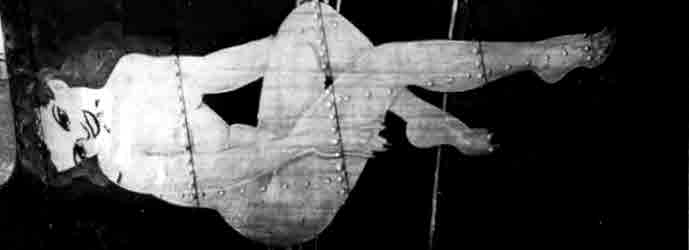STEELING MYSELF FOR A NOSE JOB
Thanks to all for the many recent kind comments. The great progress seen on other 4 engine builds spurs me to get on with mine, especially in light of the "actuarial factor." There are a few hundred other kits in my stash that I would like to build! Ah, this was not intended to be a "life's work."
Anyway, I am returning to the nose at this point to "complete" it. Pretty much everything will be put in except the side guns and the bombsight, which I will leave for "final construction" after the fuselage halves are together and the build is much farther along. Those parts will be way too easy to knock off or break otherwise.
I originally decided to move from back to front, beginning with the Navigator floor but think the better approach is front to back. The depth of the Bombardier floor will determine how much I need to cut off the back of the Navigator floor so that it is flush against the after bulkhead leading to the tunnel.
Courtesy of Karl, here is an overview of the Navigator floor "in situ."

Perhaps the most salient feature of the floor is that it physically extends beyond the front of the fuselage into the space occupied by the Plexiglas nose.
Underscoring the collaborative nature of the build at this point, the physical details have all been provided by Karl, and the parts fabricated by my North Carolina friend! See below.

What you are seeing are various "first and second cuts" with a laser cutter both in the styrene sheet and cut out of the sheet. A particularly cool feature is the fact that my North Carolina friend has cut the floorboards out of real wood, both tan and a darker color. I'm probably going to go with the tan color floor as being more consistent with the real thing, though I will weather it with clear orange and burnt umber wash. That, of course, is way down the road!
Here is another shot of the floor before the floorboards are attached, but this is before the Memphis Belle restoration work was done by the Air Force Museum, and the color will be aluminum not "interior green."

BTW, one thing that is easy to overlook is that there is actually a fifth transverse part topped by aluminum and not wood, where the base for the driftmeter is. Study the preceding pictures carefully, especially the horizontal sheet metal behind the wood flooring in the first picture!
Finally, here is a shot of the forward most bulkhead part of the floor assembly right up against the Plexiglas nose. The square hole is for hot air which was blown into this area from hot air ventilation work that was run up here to keep the nose Plexiglas below the bombsight from fogging up.

One look makes it absolutely clear that the lower nose of the B-17F was totally different in configuration from that of the G model. Compare picture below.

However tentatively, I will proceed with the work now that you see where I'm going.
















































